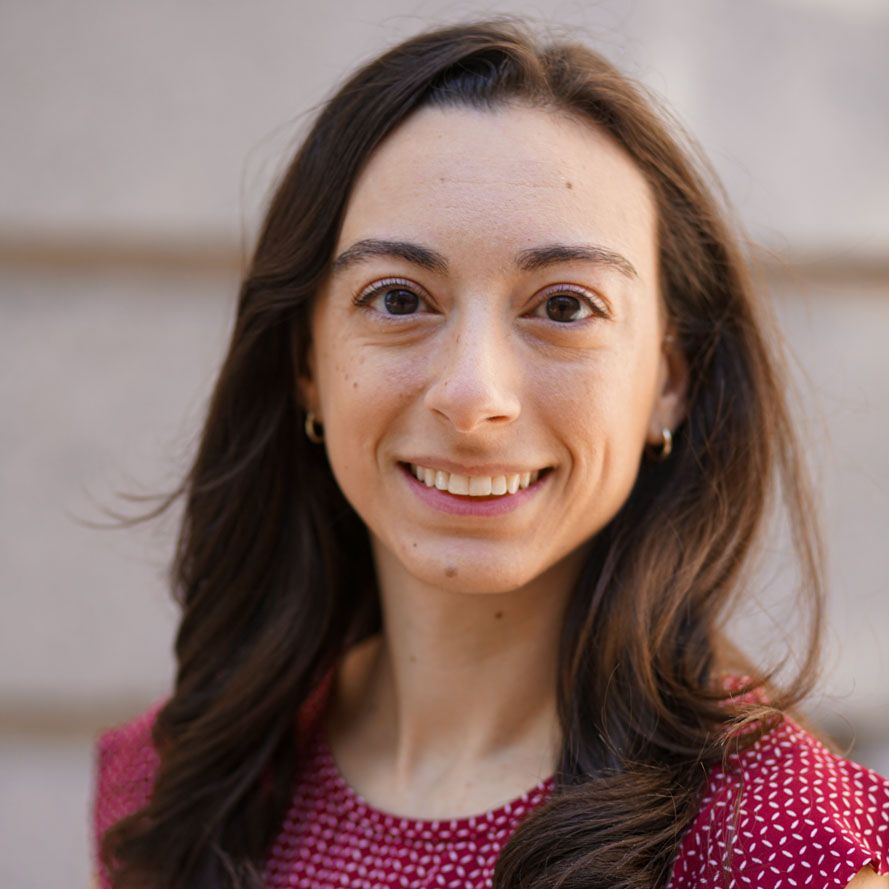By Genevieve Biggs, Special Projects Officer & Daniel Yang, MD, Program Officer, The Gordon and Betty Moore Foundation
When COVID-19 struck early last year, the Gordon and Betty Moore Foundation saw gaps that were making effective and strategic philanthropic action difficult. Among them were inconsistent lines of communication among philanthropists and a need for streamlined collaboration.
As Moore Foundation President Harvey Fineberg and Schmidt Futures CEO Eric Braverman wrote in an April 2020 op-ed for the San Francisco Chronicle, “The best weapon for a public health crisis is innovation, and it often emerges from philanthropies. But donors are not organized well to work together. We need a new infrastructure for fast philanthropic responses to crises.”
The gravity and scale of the pandemic created a number of logistical challenges. Requests from existing and prospective grantees came one after another as demand and urgency for solutions grew. The creativity and invention that flourished in response to that urgency was inspiring; however, traditional means of fundraising for these ideas were evaporating at the same time. Months later, that sense of inspiration at what our grantees and others have accomplished has not ebbed—nor has the urgency and pace of innovation. From the start, we set out with some deliberate steps in the context of our own grant-making at Moore:
1. We wanted to work with existing grantees and provide the flexibility they needed to achieve intended goals, despite all the navigational hurdles COVID-19 imposed. In some cases, this meant allowing organizations to redirect awarded funds to adapted priorities and easing timeline expectations on grant reporting.
2. We collaborated with other funders and supported selected programs that aligned with our own already established philanthropic goals. We saw this as a step to help us, and hopefully, other philanthropists, coordinate more efficiently and effectively and scale the impact of projects that were already vetted and proving successful.
3. As one specific example from our Diagnostic Excellence Initiative team’s experience, the pandemic threw a glaring spotlight on the lack of data infrastructure to enable clinical data to be quickly aggregated from hospitals across the country and internationally. That led us to focus our grantmaking on efforts to develop public repositories of clinical data from hospitalized COVID patients to support real-world and near real-time clinical research.
As the weeks and months have extended to nearly a year, we have worked to gather lessons from our COVID-19 response to date. We learned, early on, that our timeline for traditional grant development, grantmaking and scientific discovery was not always ideally suited for responding to the pandemic, especially when things were evolving on a daily or weekly basis. A project funded in March might not be relevant if the results would be released in November.
Another reality we had to confront was a fundamental shortage of time. Appropriate due diligence on promising concepts takes lots of it, and our foundation’s program staff found limited capacity to vet the vast array of projects.
We have also recognized that our risk-tolerance has had to adapt dynamically for COVID. Wanting to strike a balance between investing in emerging, smaller nonprofits and private companies versus well-established organizations, we have found supporting platform solutions, or intermediaries, can be helpful. Each funder will need to determine (and likely re-determine) their own comfort-level and appetite for risk.
Bearing all of this in mind, we invested in the creation of the Philanthropy Commons. A collaborative platform like this helps funders share the responsibility to source proposals and save time conducting due diligence. It also provides a virtual arena for collaboration and co-funding with other donors.
The enhanced philanthropic coordination helps philanthropists think beyond their own networks and pool of known or well-established organizations. Supporting a new grantee may be possible without the same investment of individual due diligence and time. The Commons provides a way for philanthropists to share and discover promising projects that have been pre-vetted by other users and potentially co-fund some that can advance programmatic goals.
“By sharing information and, as appropriate, combining funding and expertise, we can tackle the harder problems,” Fineberg and Braverman wrote in May. “The time to mobilize and act in a coordinated way is now.”
The year behind us has revealed an abundance of lessons, and the year ahead will undoubtedly offer many more. Beyond serving as a platform for curating investable ideas, we also hope the Philanthropy Commons can help bring focus to these lessons and provide all of us with a space to learn from them, collectively.
The Gordon and Betty Moore Foundation is one of the largest philanthropies in the United States and supports four core program areas: scientific research, environmental conservation, patient care, and the San Francisco Bay Area.
















